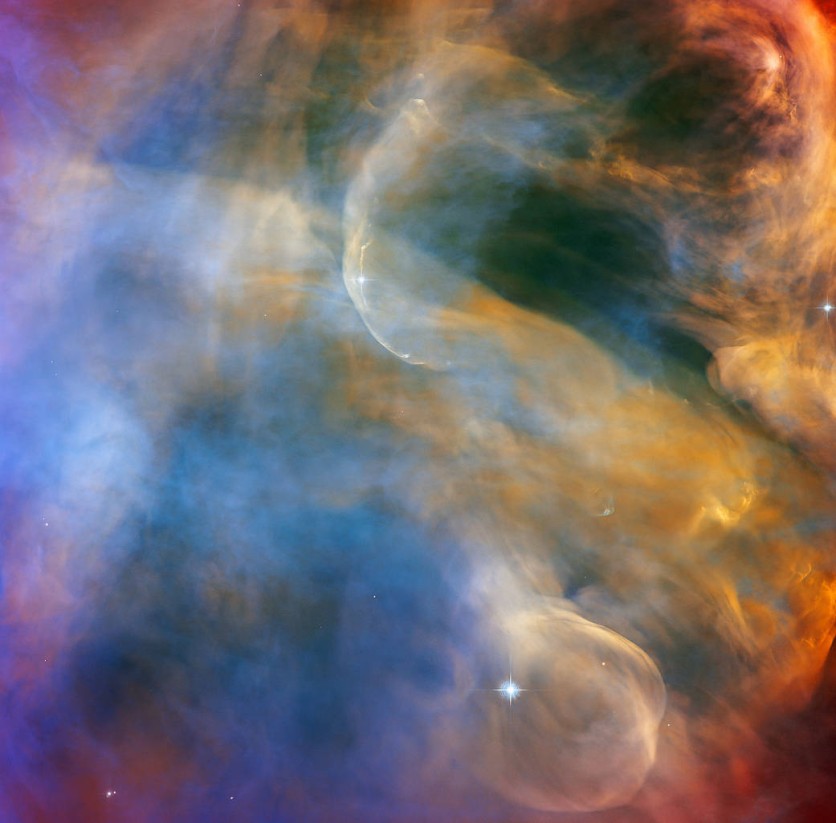Gazing deep into the constellation of Orion will lull you into a deep enchanting state as you witness colorful dust and gas while thousands of newborn stars send ultraviolet shockwaves to make their presence known in the cosmos.
Indeed, it would be a dream to experience such an event, but thankfully, NASA's Hubble Space Telescope was able to capture this cosmic dream.

Nursery For Baby Stars
A huge, dense cloud of interstellar dust and gas is floating between the stars Alnitak, Saif, and Rigel. The Orion Nebula, one of the Milky Way's most explored and photographed objects, serves as a nursery for baby stars.
This nebula is so close and massive, spanning 24 light-years, that it can be seen with the naked eye, according to ScienceAlert. It is also a valuable laboratory for studying star formation because of its close vicinity, which is 1,344 light-years away from the Sun.
The Hubble Space Telescope of NASA/ESA captured this beautiful region in the Orion Nebula surrounding the Herbig-Haro object HH 505 in this dreamy and enchanting cloudscape.
When stellar winds or jets of gas shoot from these young stars, they create shockwaves that impact neighboring gas and dust at high speeds, forming brilliant regions known as Herbig-Haro objects.
NASA explained that the star IX Ori is the source of these outflows in the instance of HH 505, which can be seen as gracefully curved structures in the image. They are bent into sinuous arcs as a result of their interaction with the massive flow of gas and dust emanating from the nebula's core.
Read also : NASA's Hubble Space Telescope Spots A Red Supergiant Star Recovering From A Violent Explosion
520 Exposures, A Billion Exposures
The Orion Nebula is a quintessential visual representation of star formation, from the huge, young stars that are forming the nebula to the pillars of thick gas that may serve as the house of developing stars.
The four largest stars in the nebula are found in its brilliant core region, and they are known as Trapezium. These stars' ultraviolet radiation is interrupting the formation of hundreds of smaller stars and carving a hole in the nebula, according to NASA.
The image has 520 exposures and almost a billion exposures. It was taken by astronomers investigating the characteristics of outflows and protoplanetary disks with Hubble's Advanced Camera for Surveys (ACS).
Bright newborn stars are spewing powerful UV radiation into the Orion Nebula, and astronomers may directly study these high-energy outflows and get more knowledge about their architecture thanks to Hubble's sensitivity to ultraviolet light.
Related Article : NASA's Hubble Space Telescope Captures 'Butterfly Nebula' In Stunning Motion | Fun Facts About This Beautiful Space Butterfly
This article is owned by Tech Times
Written by Joaquin Victor Tacla
ⓒ 2025 TECHTIMES.com All rights reserved. Do not reproduce without permission.




